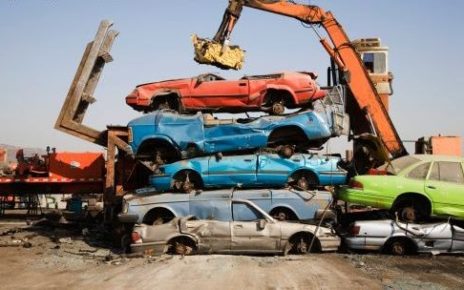In the hustle and bustle of our busy lives, it is all too easy to overlook the aftermath of a minor collision. That scraped bumper or slightly misaligned frame might seem inconsequential at first glance. However, what might appear to be minor damage can, over time, evolve into a silent and potentially severe threat to your vehicle’s overall performance. In this article, we delve into the underestimated world of neglected collision damage and shed light on its far-reaching consequences.
Understanding Neglected Collision Damage
When the term “collision damage” is mentioned, it is natural to visualize crumpled bumpers, shattered glass, and obvious dents. However, the true scope of collision damage extends far beyond the surface-level scars. Neglected collision damage refers to the aftermath of a collision that goes unaddressed or underestimated, allowing minor issues to evolve into more serious and intricate problems.
Impact of Collision Damage on Your Vehicle
Collision damage can disrupt this intricate web of structural components, leading to repercussions that extend beyond the visible damage. In many situations, the expertise of auto body professionals is needed to identify such damage. Here are some of the hidden damages that can occur during a collision:
1. Structural Integrity and Alignment
Even seemingly minor collisions can result in structural misalignment, affecting the balance and geometry of the vehicle. Components such as the frame, subframes, suspension mounts, and even the chassis itself can be affected.
2. Uneven Tire Wear and Poor Handling
Misalignment due to collision damage can lead to uneven tire wear, as tires are not evenly distributing the vehicle’s weight. This uneven wear not only reduces the lifespan of your tires but also impairs your vehicle’s handling and stability.
3. Decreased Fuel Efficiency
Misalignment resulting from collision damage can also impact fuel efficiency. When your vehicle’s wheels are not properly aligned, the engine must work harder to propel the vehicle forward, leading to increased fuel consumption over time.
4. Engine Concerns
Even a small impact can affect engine components, such as the radiator, cooling system, or even the engine mounts. Over time, this can lead to overheating, decreased performance, and even engine failure.
5. Wiring Damage
Collisions can damage wiring and connections, leading to issues with lights, sensors, and various electronic components. These problems might not manifest immediately but can lead to frustrating and potentially unsafe situations over time.
Potential Risks of Long-Term Neglect
In the aftermath of a collision, the decision to repair your vehicle’s damage immediately or delay the repairs can be a complex one. While delaying repairs might seem like a convenient choice, the long-term risks associated with neglecting collision damage are substantial:
1. Safety Compromises
The longer you delay repairs, the higher the chance of unnoticed structural damage affecting the integrity of your vehicle, increasing the risk of injury in future accidents.
2. Worsening Performance
Unaddressed alignment issues, suspension problems, and internal damage can lead to poor handling, decreased fuel efficiency, and other performance-related concerns.
3. Higher Costs
What might start as a small repair can escalate into a larger, more expensive issue when neglected. Delayed repairs can result in the need for more extensive fixes down the line.
4. Diminished Resale Value
Neglected collision damage can significantly reduce the resale value of your vehicle, as potential buyers are likely to be concerned about hidden issues.
Balancing Short-Term and Long-Term Considerations
Choosing between immediate and delayed repairs is a balancing act. While it is understandable to weigh the immediate convenience and costs, it is essential to also consider the potential long-term ramifications. The minor dents and scratches that you might be tempted to ignore could be the start of more serious problems beneath the surface.
Unaddressed collision damage disrupts the harmony of safety systems, creating vulnerabilities that can have a significant impact on future accidents. A minor issue, if left unchecked, can transform into a life-threatening situation. By addressing collision damage promptly, you not only ensure that your vehicle’s safety systems are functioning as intended but also demonstrate a commitment to the safety of yourself, your passengers, and other road users.
In conclusion, the decision to repair collision damage immediately or delay it involves more than just cost and convenience. It is about safeguarding your safety, preserving your vehicle’s performance, and protecting its value over time. By understanding the trade-offs between short-term benefits and long-term risks, you can make a choice that prioritizes the sustained well-being of your vehicle and its occupants.





